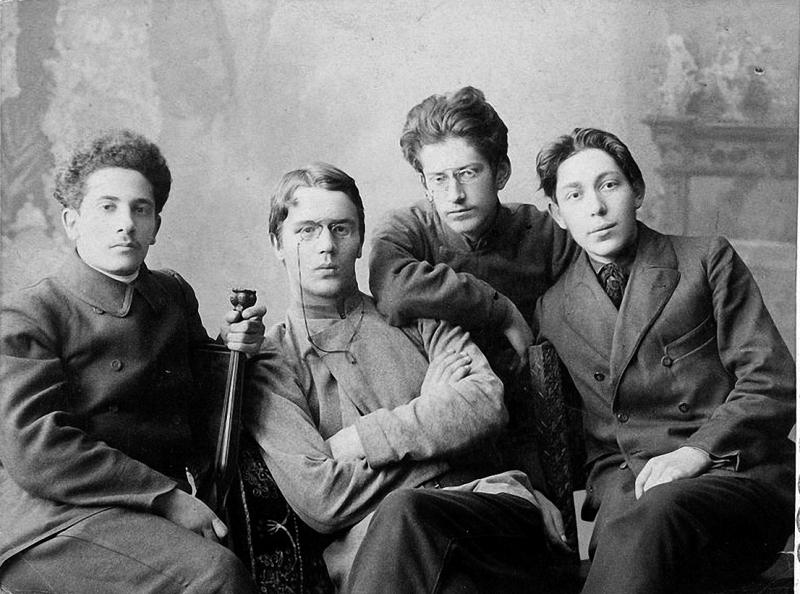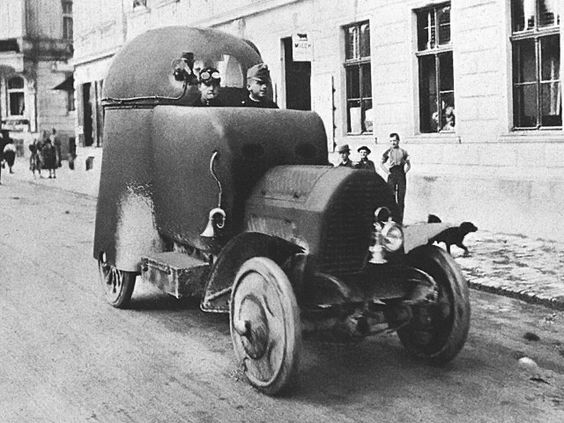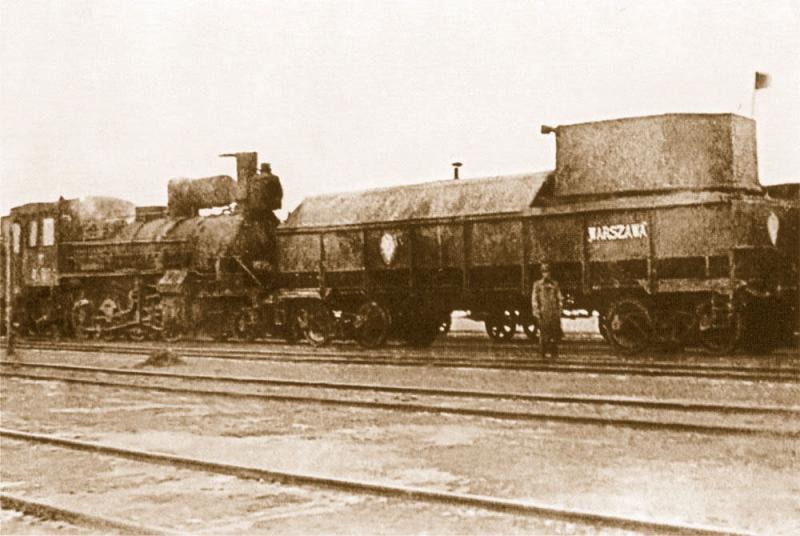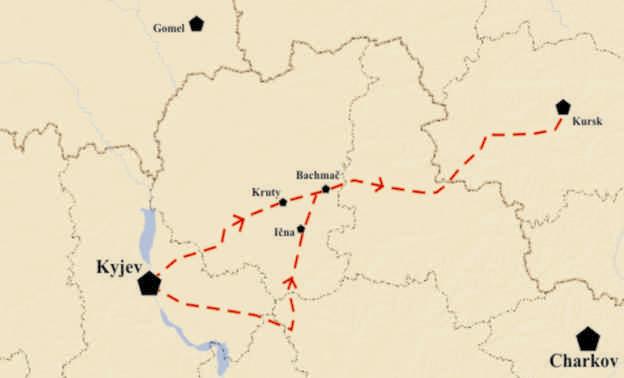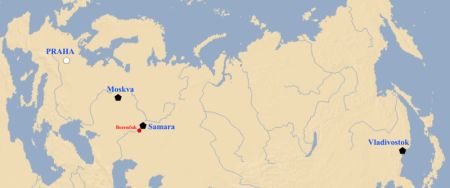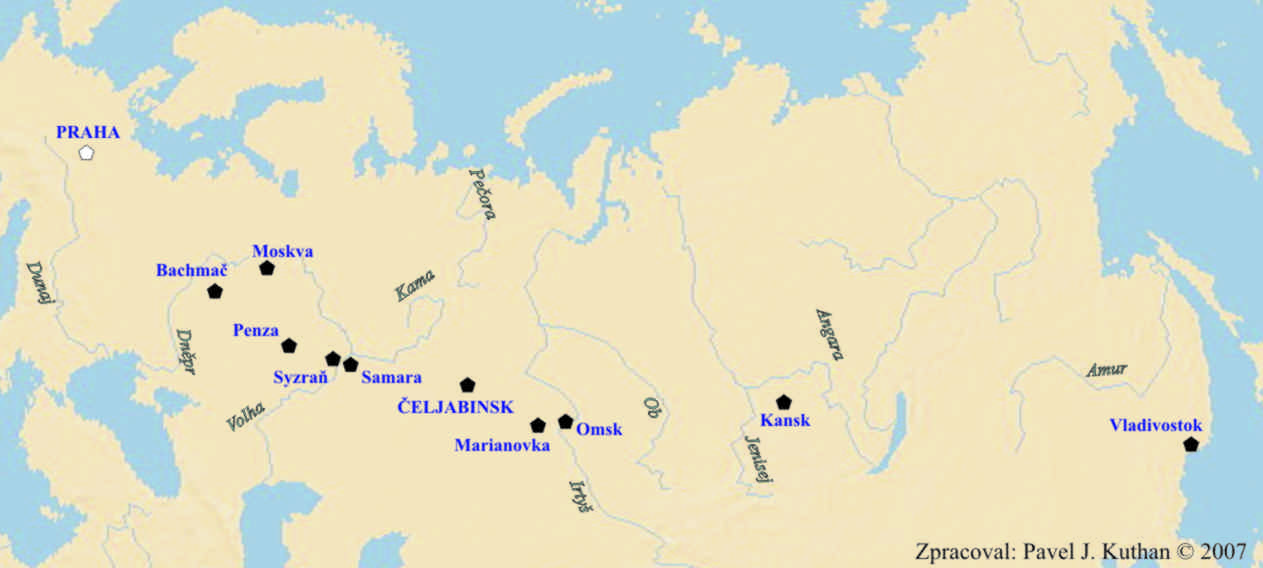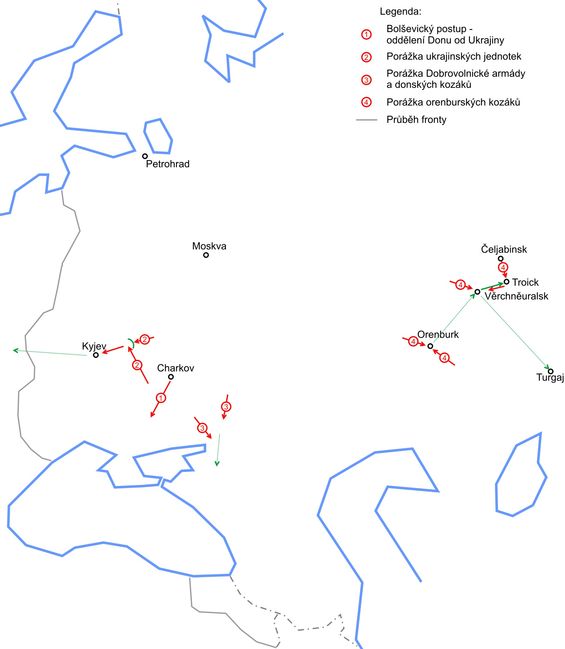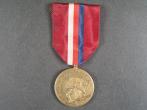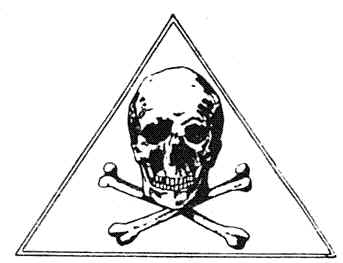
1st Czechoslovak Assault Battalion
"A red and white ribbon for Bohemia, a mortal skull for death, there is no life without the Czech state, freedom or death." It was the motto, energy and life philosophy of strikers, which is the name for members of the 1st Czechoslovak separate assault battalion.

